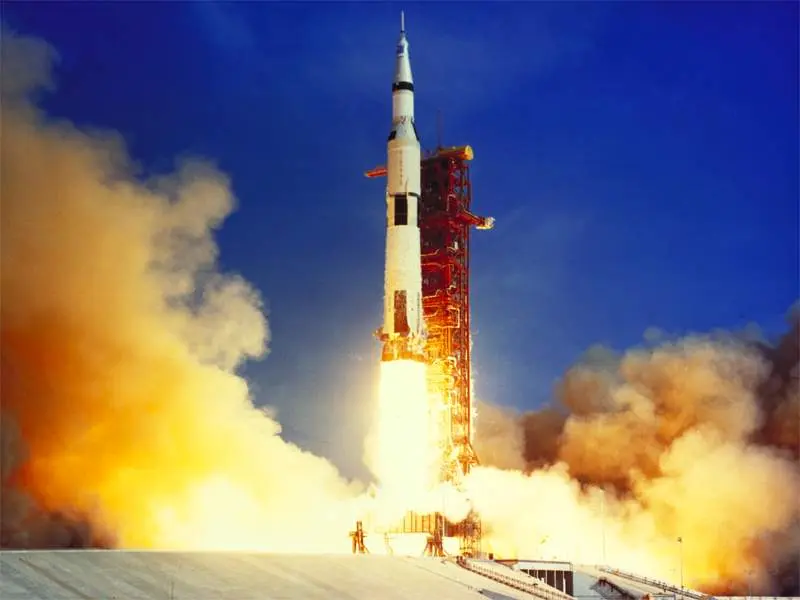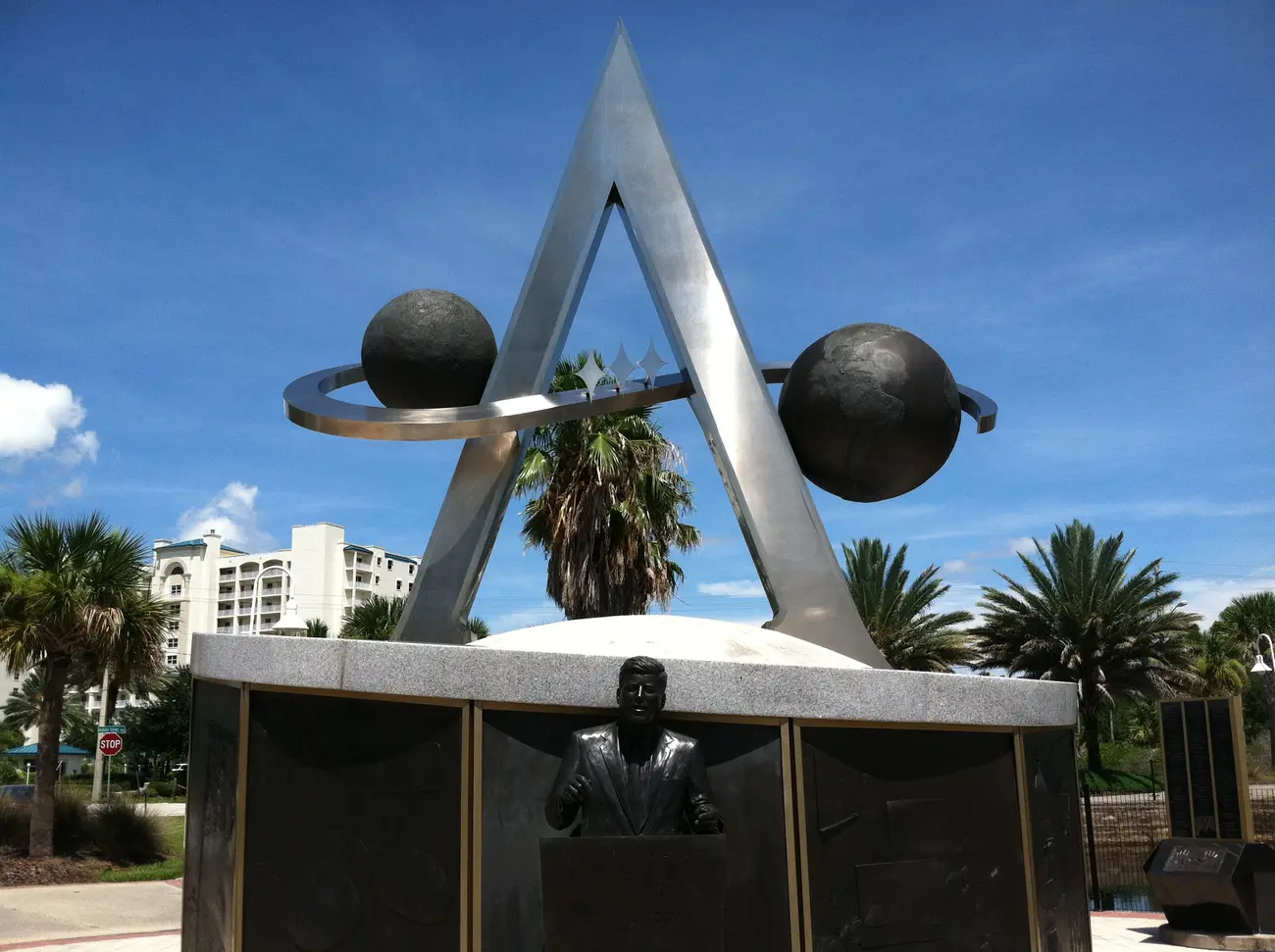Forty-five years ago this week, the flight of Apollo 11 changed the course of human history.
On July 16, 1969, a Saturn V rocket launched from the Kennedy Space Center carrying astronauts Neil A. Armstrong, Michael Collins, and Edwin E. “Buzz” Aldrin Jr. into space. Four days later, Neil Armstrong, closely followed by Buzz Aldrin, left the lunar module Eagle and walked on the surface of the moon.
Historians, humanities scholars, and sociologists say that the moment Neil Armstrong set foot on the moon, the Modern Era ended and the Post-Modern Age began.
With the words “It’s one small step for man, one giant leap for mankind,” Armstrong moved us all from an era that began with the European Renaissance of the 1400s into a future we are still creating.
Florida history encompasses the “bookends” of the Modern Era, with Spanish exploration and colonization of the New World on one end, and the launch of humans to the surface of the moon on the other. Like all of America’s manned missions into space, the Apollo 11 flight was launched from Cape Canaveral (known as Cape Kennedy from 1963 to 1973), which is also the oldest North American place name to appear on a European map.
The Apollo mission was the fifth manned launch into space, but was the first to bring human beings to the surface of the moon. That goal was established by President John F. Kennedy on May 25, 1961, when he announced, “I believe that this nation should commit itself to achieving the goal, before this decade is out, of landing a man on the moon and returning him safely to the earth.”
Although President Kennedy would not live to see his dream fulfilled, the workers at the Kennedy Space Center made it happen with five months to spare.
“It is estimated that between 750,000 and 1,000,000 people came to visit Brevard County to see this historic launch,” says Lisa Malone, Director of Public Affairs for NASA, adding that U.S. 1 and surrounding roadways were filled with people, and that the Indian River was packed with boaters waiting to see the launch. “Everyone all over the world stopped to see what was going on down here at Kennedy Space Center.”
Like many current NASA employees, Lisa Malone is a descendant of an Apollo program worker. Her father Joe Malone led a team of NASA draftsmen.
On the fortieth anniversary of the Apollo 11 mission, a monument to the Apollo program was unveiled at Space View Park in Titusville. Sculptor Sandra Storm created the Apollo monument. Her other work includes the Harry T. and Harriette V. Moore memorial in Viera, a religious sculpture in Kansas, and a World War II monument in Kissimmee.
“For any sculptor to be able to do a monument of such an important event in history is just incredible,” says Storm.
It took longer to conceptualize, design, and create the elaborate Apollo monument than it did to bring President Kennedy’s dream of landing a man on the moon to fruition. The monument consists of a huge stainless steel “A” encircled by a bronze earth and moon, 12 bronze panels telling the Apollo program story, and a life-size statue of John F. Kennedy at a podium. Lining the walkway around the monument are pylons featuring the names and hand prints of all the Apollo astronauts.
Charlie Mars is president of the U.S. Space Walk of Fame Foundation, the group that raised the money to design and build the monuments in Space View Park. Mars was involved in the Apollo program from the early design phase through the last mission as the Lunar Module Chief Project Engineer.
Mars says that every Apollo program launch was a “tourist attraction,” but that the Apollo 11 mission had a particularly significant impact on the economy of Brevard County. “There’s no telling how many millions of dollars poured into the economy from workers and hotels and restaurants and gift shops and rental cars and airline tickets.”
As our modern space program is in a relative period of stasis, it is important to remember the remarkable accomplishments of our local NASA pioneers.
One giant leap for mankind, indeed.
Dr. Ben Brotemarkle is executive director of the Florida Historical Society and host of the radio program “Florida Frontiers,” broadcast locally on 90.7 WMFE Thursday evenings at 6:30 and Sunday afternoons at 4:00, and on 89.5 WFIT Sunday mornings at 7:00. The show can be heard online at myfloridahistory.org.

